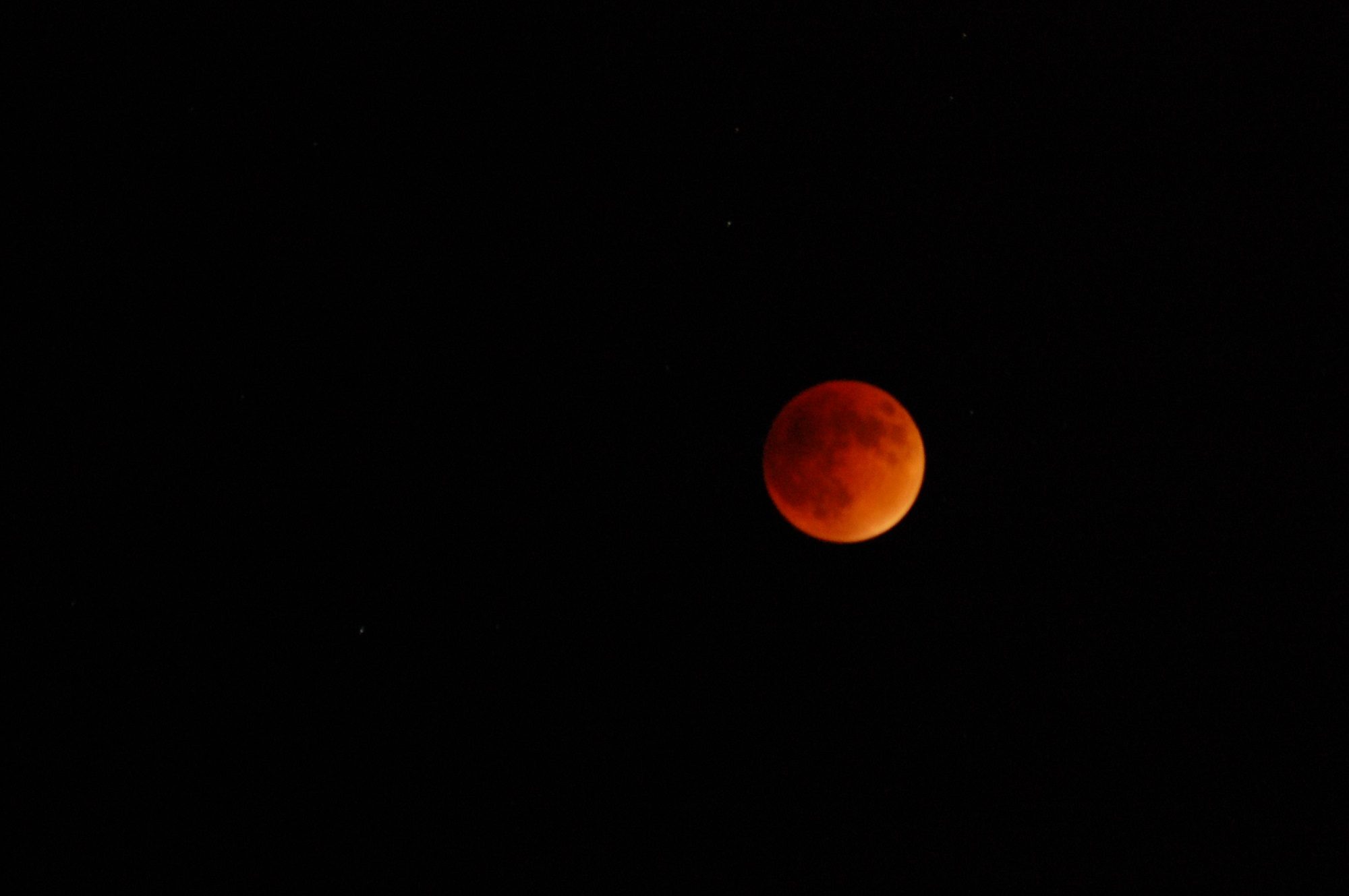Title
Waveform LiDAR concepts and applications for potential vegetation phenology monitoring and modeling: a comprehensive review
Abstract
Researchers continually demonstrated through published literature how LiDAR could create unparalleled measurements of ecosystem structure and forest height. There are a number of studies conducted utilizing waveform LiDAR products for terrestrial monitoring, but those that deal specifically with the assessment of space-borne waveform LiDAR for monitoring and modeling of phenology is very limited. This review highlights the waveform LiDAR system and looks into satellite sensors that could link waveform LiDAR and vegetation phenology, such as the proposed NASA’s Global Ecosystem Dynamics Investigation (GEDI) and the Japanese Experimental Module (JEM)-borne LiDAR sensor named MOLI (Multi-footprint Observation LIDAR and Imager). Further, this work examines the richness and utility of the waveform returns and proposes a spline-function-derived model that could be exploited for estimating the leaf-shooting date. The new approach may be utilized for ecosystem-level phenological studies.
Keywords
Ecosystems, gedi, moli, phenology, vegetation modeling, waveform LiDAR
Citation
Salas EAL (2020) Waveform LiDAR concepts and applications for potential vegetation phenology monitoring and modeling: a comprehensive review. Geo-spatial Information Science, 1-22. doi: 10.1080/10095020.2020.1761763
